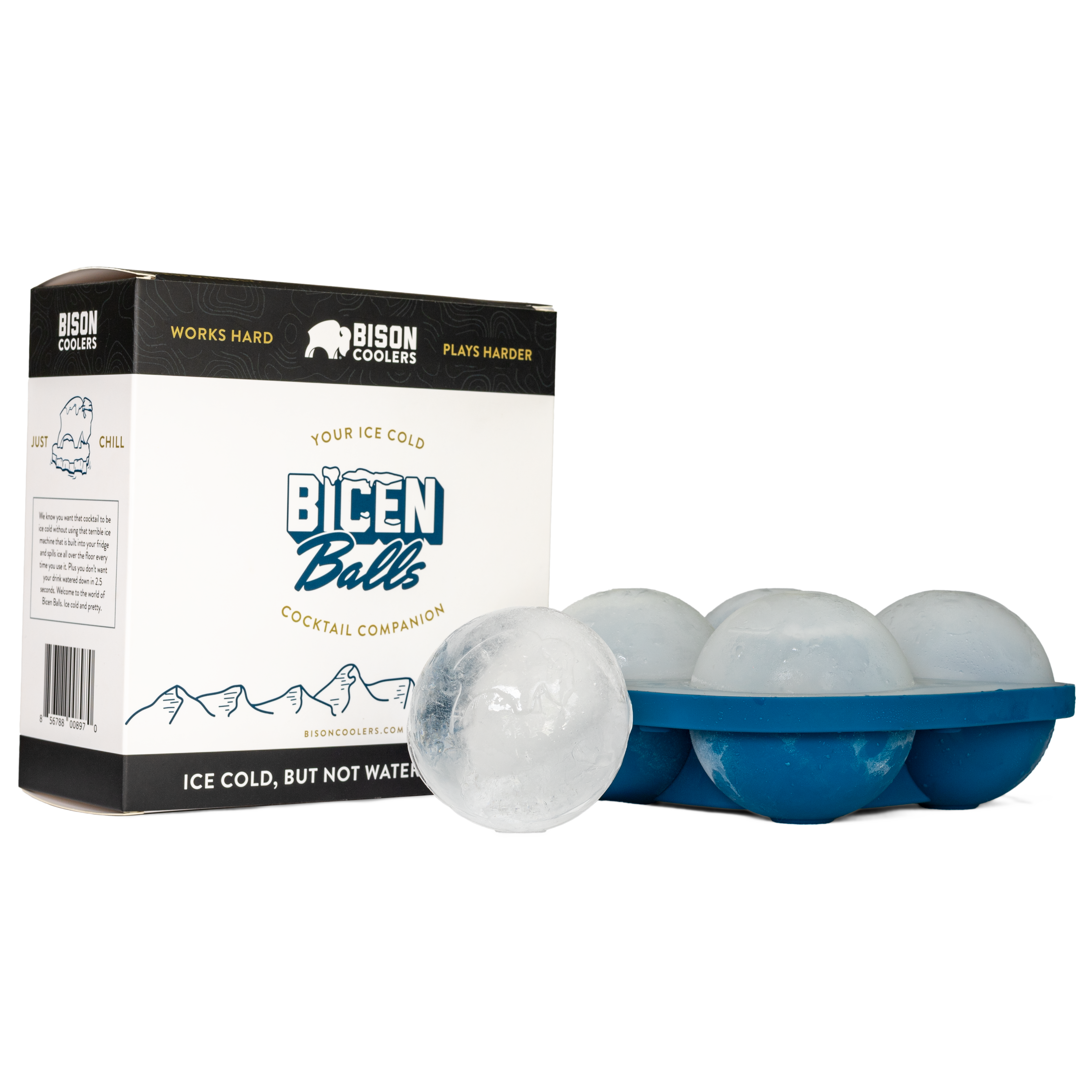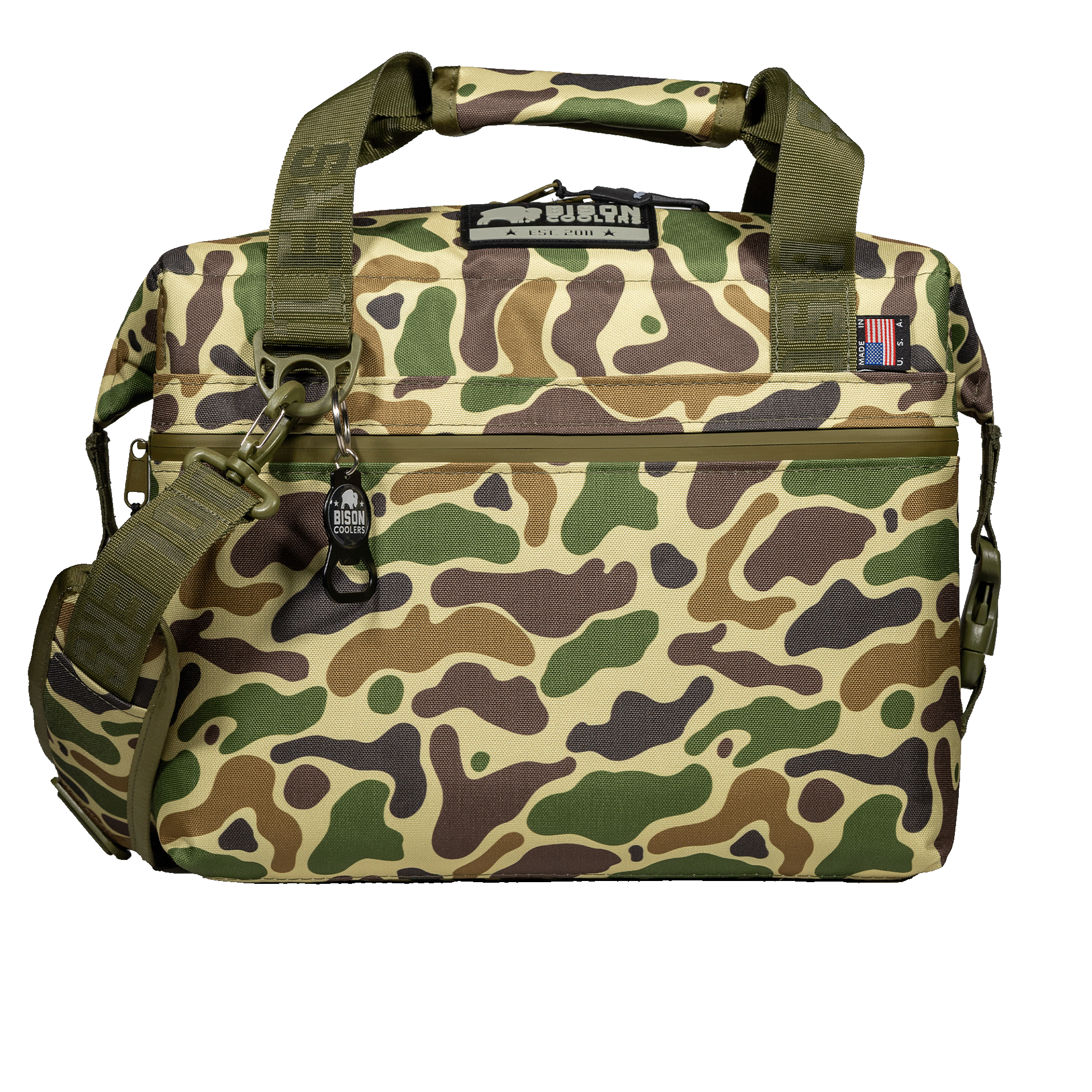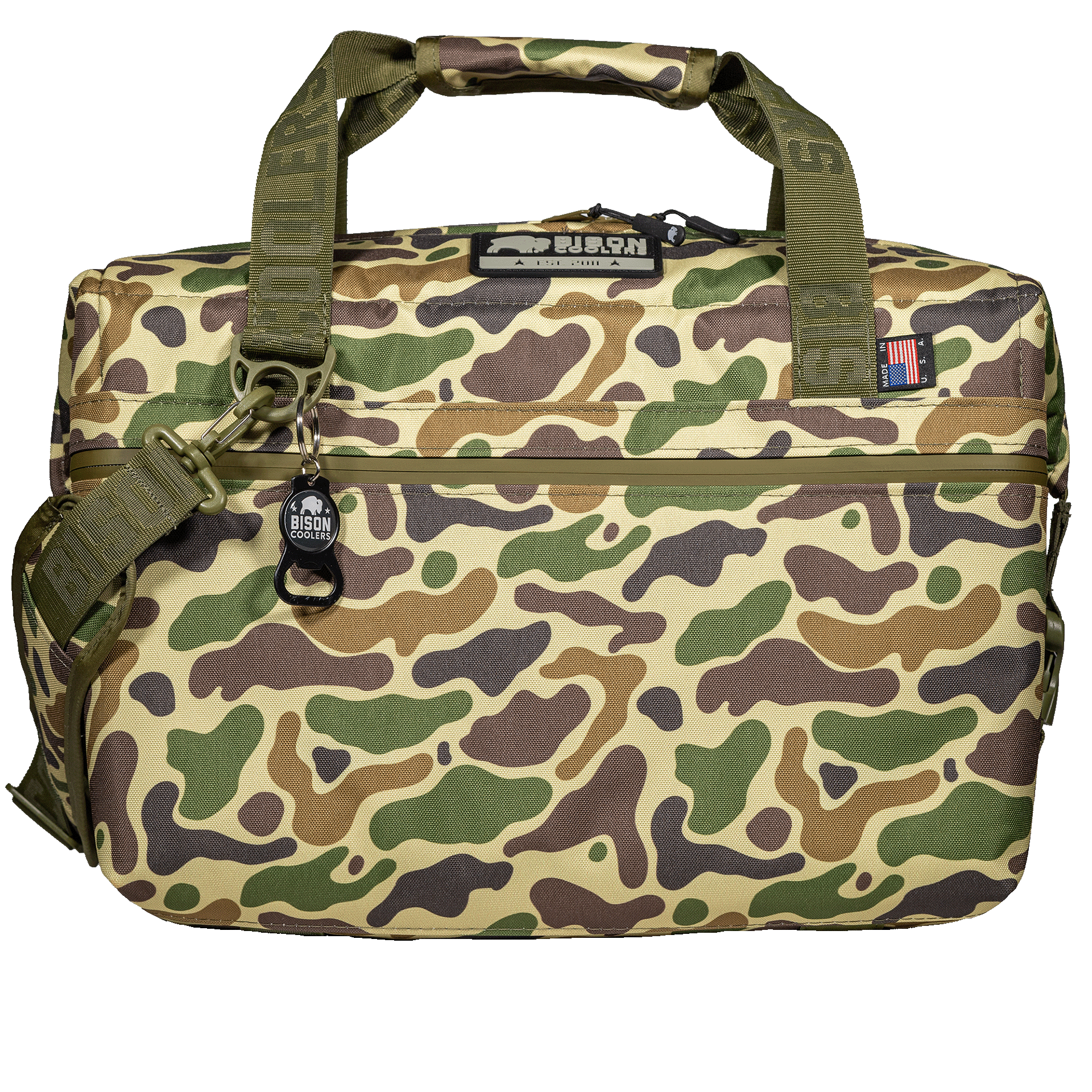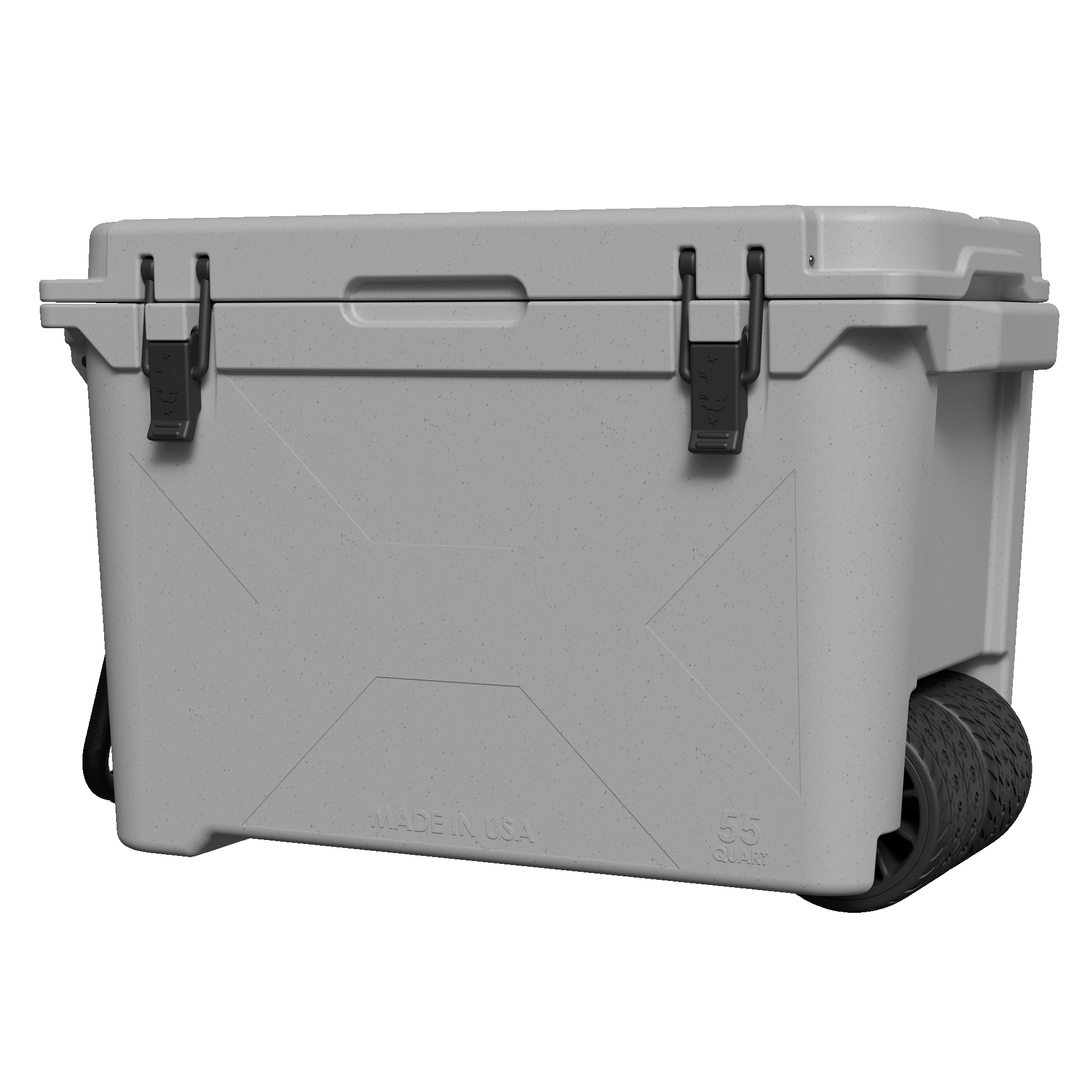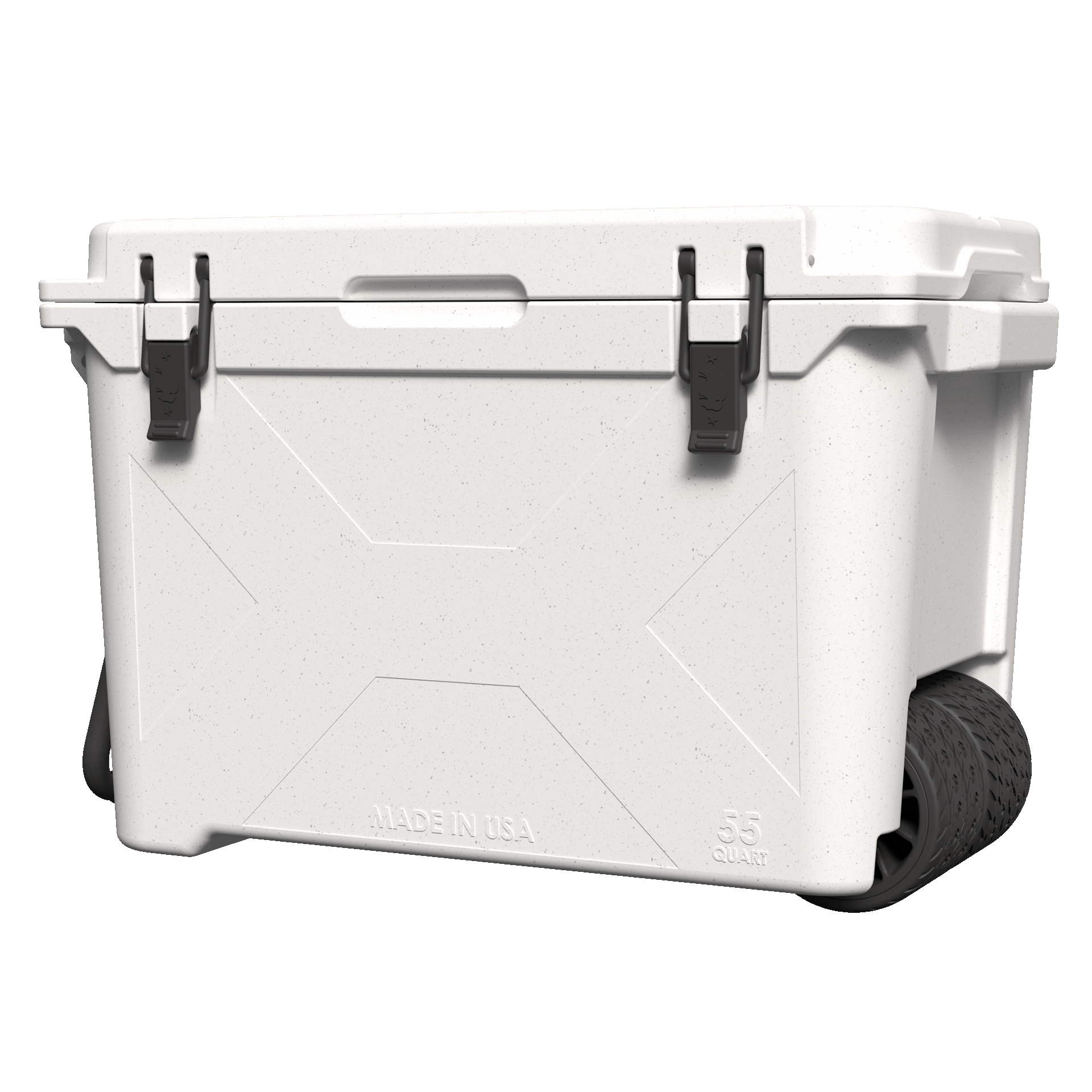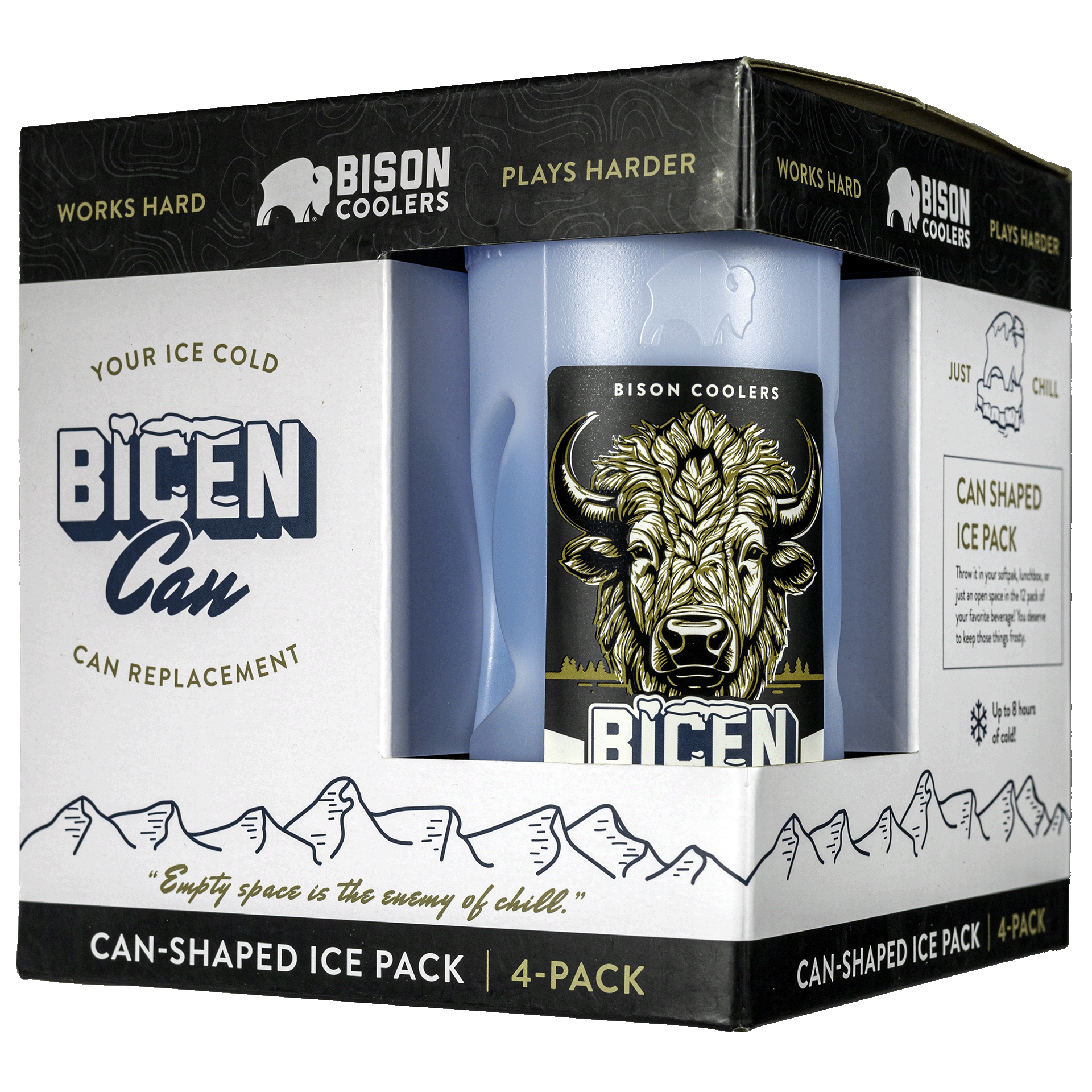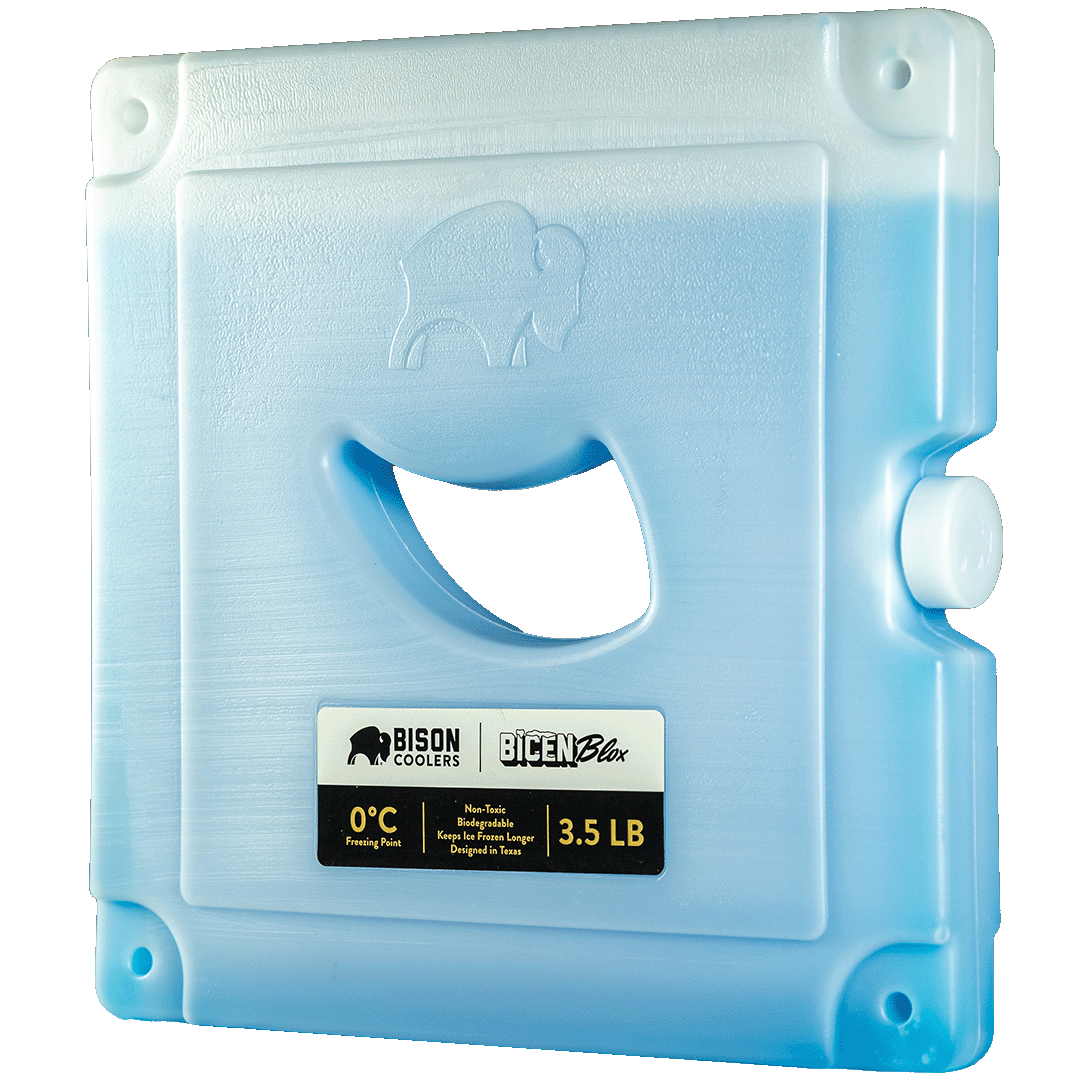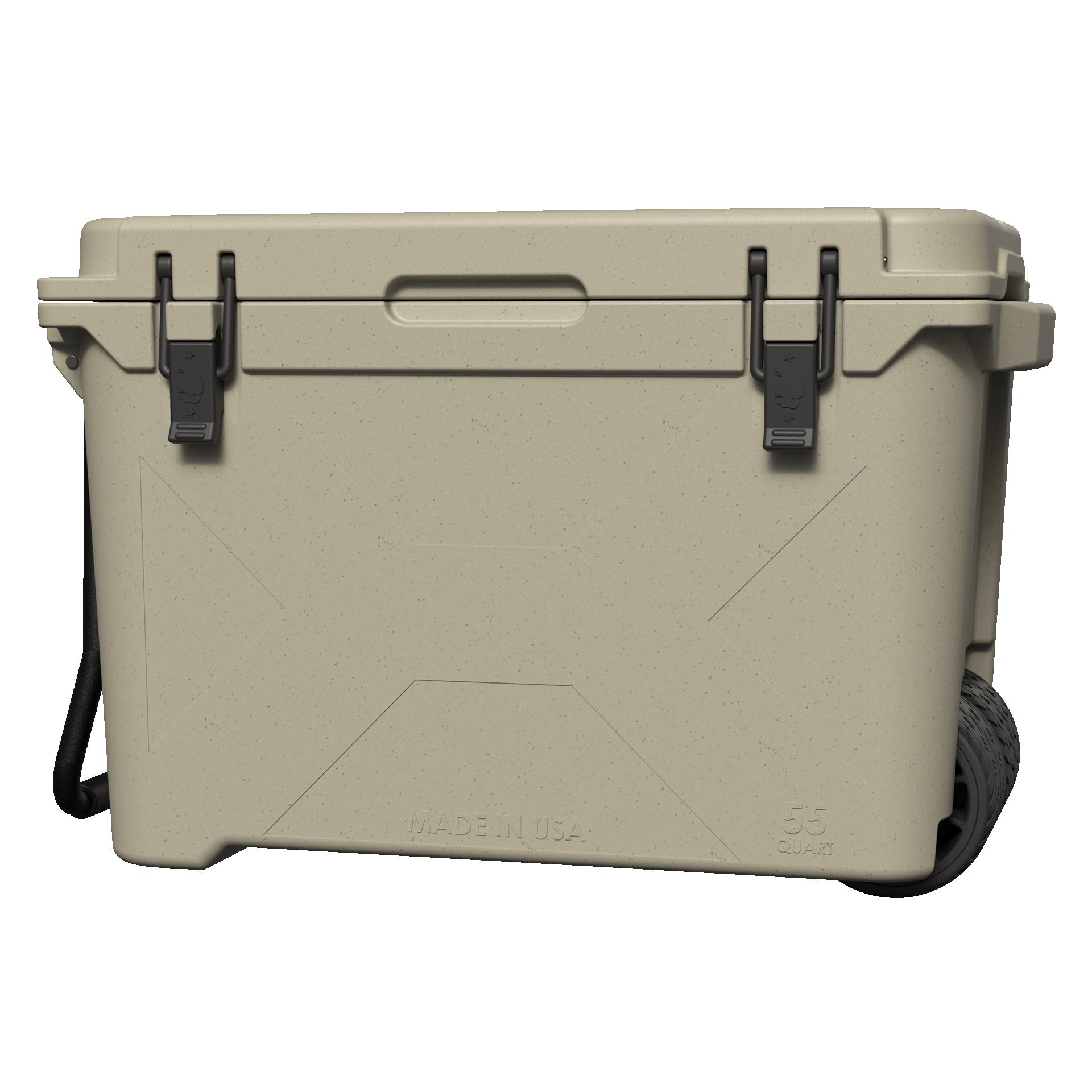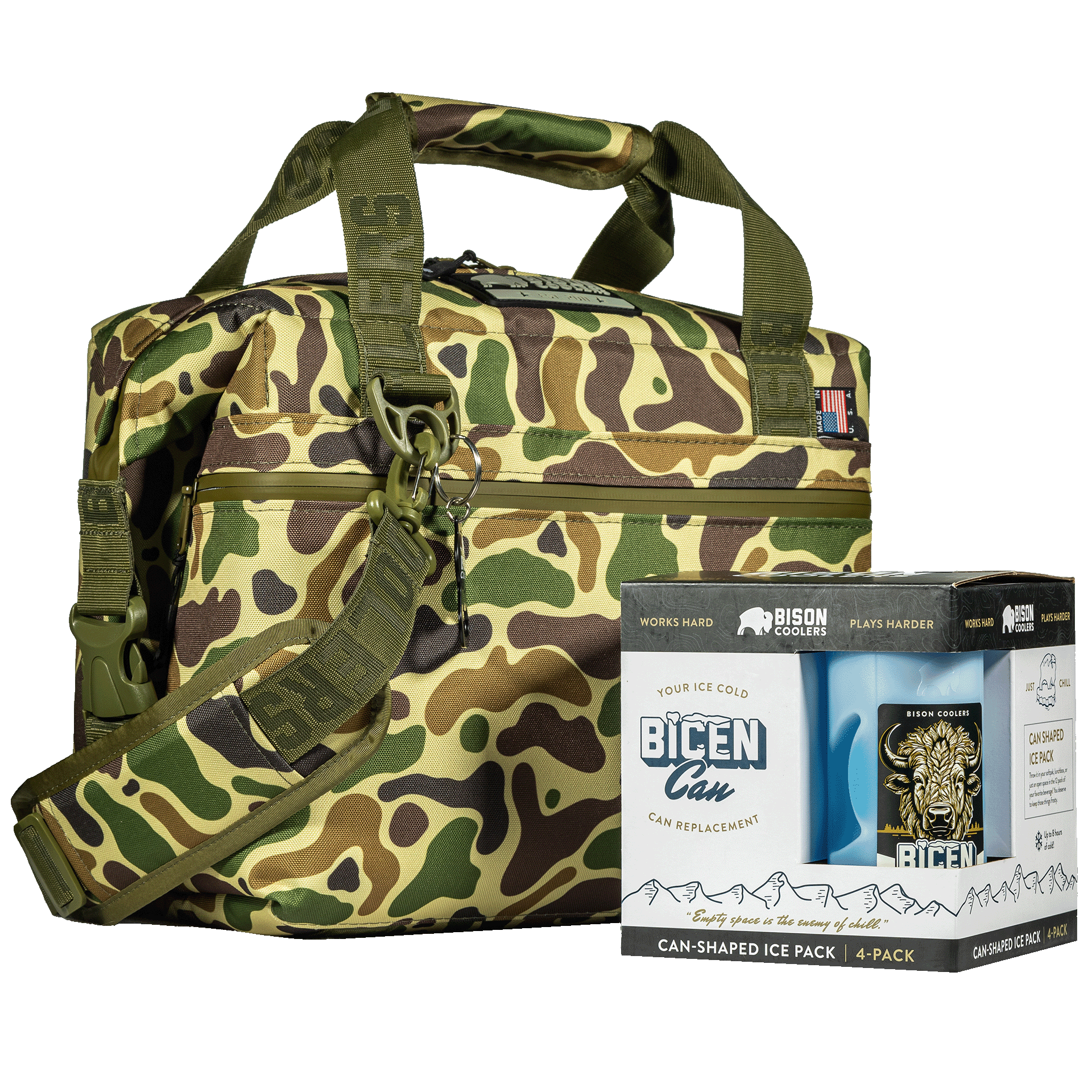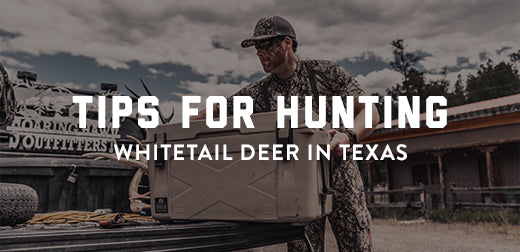
Tips for Hunting Whitetail Deer in Texas
Tips for Hunting Whitetail Deer in Texas
If you’re a bowhunter, white-tailed deer season got underway at the beginning of October. However, for those of us waiting for the general season, it kicks off on November 7. This is the beginning of the chasing phase of deer rutting season, which many hunters refer to as “the rut.” There’s not a lot of mating going on during this time, but just about every buck out there becomes occupied with making a play for the does. If you’re interested in hunting whitetail deer in Texas, first things first—you’ve got to have a license. Once the legalities are out of the way, you may want to get started checking your rifle, picking your camo, and packing your gear so you’ll be ready to hunt the brush country whitetails.
Whether you’re a seasoned hunter or an eager novice, here are some tips to help you bag that trophy buck.
Hunt in early morning and late afternoon.
Deer, especially bucks, tend to become more active in the cold weather, which doesn’t usually hit Texas until well in December. If you’re going to be hunting whitetail in Texas during the month of November, you’ll have better luck if you set up in your favourite tree stand during the early morning or late afternoon, when the sun is out but the temperatures are cooler.
Learn to spot the signs of whitetail deer.
Although they’re cautious by nature, whitetail bucks tend to be a bit preoccupied during the rut. When searching for a good hunting spot, look for the telltale signs of deer activity—fresh scrapes or rubs on trees along with a chewed overhanging limb.
Choose a tree stand with cover (and get familiar with it).
The best time to scout your hunting grounds is in late summer and early fall. This is your opportunity to get a lay of the land and choose a good location with plenty of cover. Once you’ve got a deer stand picked out, you may want to practice entering and exiting it to familiarize yourself with your equipment and to practice your stealth.
Keep quiet.
Deer have a very acute sense of hearing. More than that, they are creatures of habit. If they sense something is amiss, they’re not going to come and investigate. They’re going to bolt. If you’re talking, coughing, or simply jostling around in your tree stand, a deer may pick those sounds up from a quarter mile away. So be quiet, be still, and be patient.
Mask your scent.
Deer also have a keen sense of smell and may be easily spooked by a hunter’s scent. If you want to camouflage yourself olfactorily as well as visually, try showering with odor-free soap. You might also consider keeping your hunting clothes sealed in a plastic bag with soil and foliage. If you’re looking for the nuclear option, there are several estrous-doe and dominant-buck scents on the market that will not only cover your own odor but will actually attract bucks to you during peak-rut season. However these come with their own caveats and should be used with care (see below).
Know how to bait.
Baiting deer to lead them to your stand can be a tricky proposition. As we mentioned before, deer are creatures of habit, so suddenly springing some food on them may make them more cautious than curious. One tried-and-true strategy in Texas is to install a deer feeder that automatically distributes corn on a regular basis. If set up months before the hunting season starts, the deer will get used to the feeder and come to expect their daily meal.
Note: Many states have partial or total bans on feeding or baiting deer. In Texas, however, it’s legal to feed deer year-round.
You can also use the scent of estrous doe or dominant buck to bring a buck to your stands. However, you should take care with this strategy as it’s only effective during the right time of year. For example, if you employ the scent of a doe in heat too early in the season, you’ll only confuse the bucks. Conversely, if you wait until too late in the season to use the dominant buck scent, the bucks will be disinterested.
Feeling confident? Try a deer call.
Deer calls can be tricky because, as we mentioned above, deer are easily startled by unfamiliar or unexpected sounds. If you’re an inexperienced hunter, you might prefer to simply sit quietly and wait for the deer to come to you. But if you’ve got a few trophy bucks under your belt and you’re ready to try something more aggressive, you can use a variety of noises to entice any bucks in the vicinity.
Note: You should avoid using deer calls around areas where deer are coming to feed. The deer are already attracted to the area, so all you’ll succeed in doing is drawing attention to yourself.
- The grunt is a call made by a buck asserting its dominance over a doe or another buck in the area. This is probably the easiest of the calls to use, since it can be used throughout every phase of the rut. This call is made using a specially-designed tube, but it can take a bit of practice to blow a convincing grunt.
- The rattle is a more aggressive call than the grunt, as it’s the sound made when two bucks are fighting. This one can be particularly tricky, as it has to be loud enough and authentic enough to work. Some hunters insist on using actual antlers to make the rattle. Others are content using synthetic antlers. Perhaps the easiest and most versatile approach is the rattle bag, which is filled with synthetic tines that produce a convincing rattle when shaken.
- The bleat is a nasally, whiny call that mimics a doe or fawn. Like the grunt, this call can be performed with a specialized tube and a little practice. You can also purchase can-style calls that bleat automatically when upended. Bleating typically attracts does, which in turn will attract bucks.
- And finally, the snort wheeze is a call of dominance that typically comes from a big buck. Like the grunt, it is usually made with a specialized tube. However, some experienced hunters are capable of making a convincing snort wheeze with just their mouths. As with everything else call-related, practice makes perfect. Timing also plays an important role in the snort wheeze. The bucks rarely make the noise themselves, so overdoing it will give the game away. But do it right, and you just might bring an angry, aggressive buck right to your stand.

